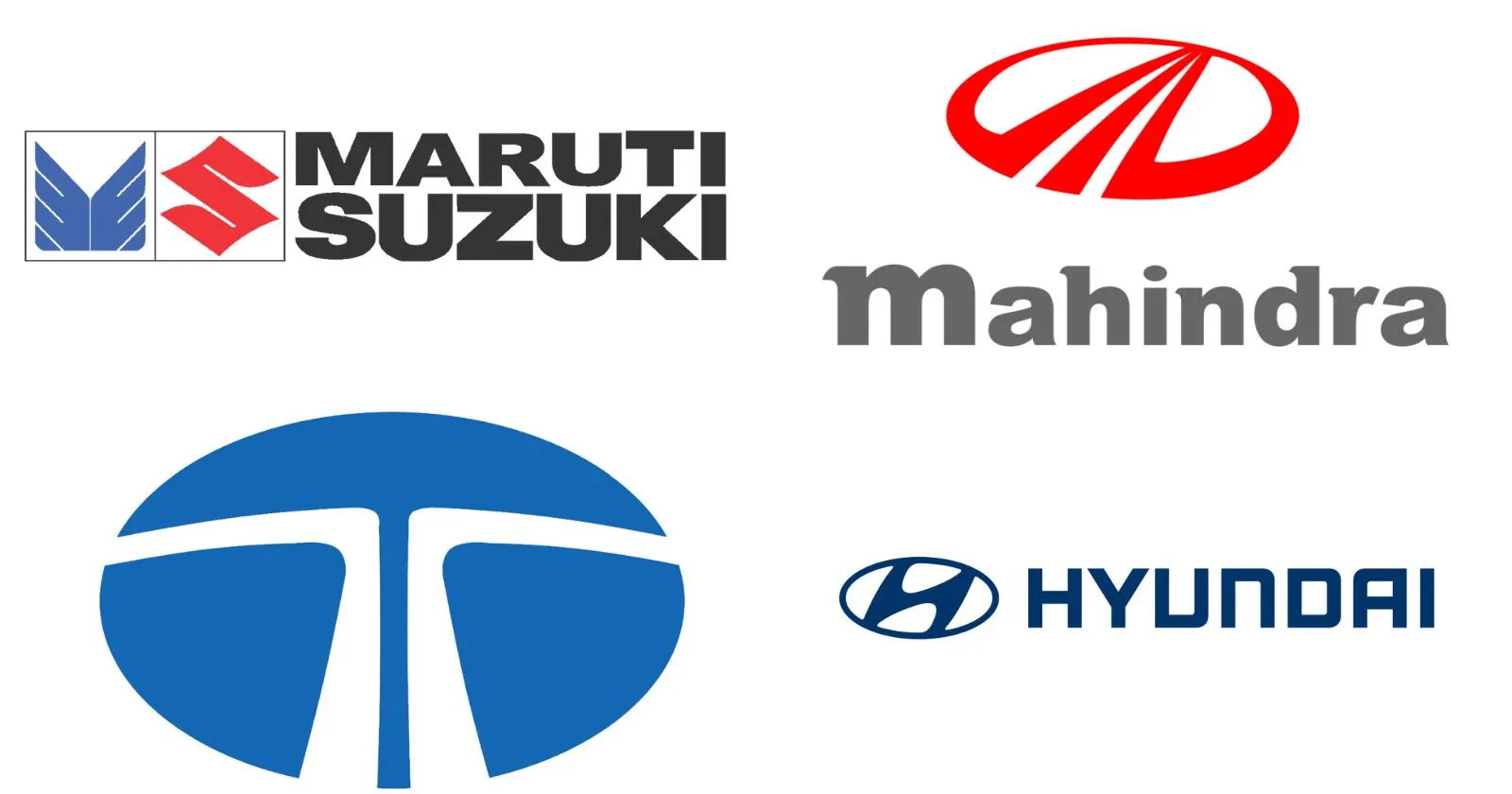
For the first time in recent history, Mahindra outpaced both Hyundai Motor India and Tata Motors to emerge as the second-highest PV seller in the country.

Share Post

For the first time in recent history, Mahindra outpaced both Hyundai Motor India and Tata Motors to emerge as the second-highest PV seller in the country.
India’s passenger vehicle (PV) market witnessed a modest year-on-year (YoY) growth of 1.55 per cent in April 2025, with total retail sales rising to 3,49,939 units compared to 3,44,594 units in April 2024, according to data released by the Federation of Automobile Dealers Associations (FADA). But the highlight is that for the first time in recent history, Mahindra outpaced both Hyundai Motor India and Tata Motors to emerge as the second-highest PV seller in the country. Mahindra sold 48,405 units in April 2025, registering a robust 25.1 per cent YoY growth, driven largely by strong demand for its SUV offerings. This performance allowed Mahindra to leap from fourth to second place in monthly rankings, while Hyundai and Tata slipped to fourth and third, respectively.
Also Read: Auto Sales April 2025: PV Sales Rise 1.3%; 2W Sales Dip Slightly by 0.3%
Maruti Suzuki India Ltd remained the undisputed market leader, retailing 1,38,021 vehicles in April 2025. Despite a decline of 1,152 units from last year’s 1,39,173, Maruti held a commanding 39.44 per cent market share. However, this marked a minor slip from the 40.39 per cent share it held in April 2024, indicating increased competitive pressure in a slowing market.

Mahindra emerged as the biggest gainer among the top players, growing its sales from 38,696 units in April 2024 to 48,405 in April 2025—a robust 25.1 per cent increase. Its market share surged from 11.23 per cent to 13.83 per cent, driven by sustained demand for its SUV portfolio, particularly the Scorpio-N, XUV700, and Thar (includes Thar and Thar Roxx). Mahindra leapfrogged both Tata Motors and Hyundai to become the second-largest PV OEM in India for the month.
Tata Motors, previously ranked second, saw its sales decline to 44,065 units from 46,915, representing a 6.1 per cent YoY contraction. Its market share dropped from 13.61 per cent to 12.59 per cent, as competitive intensity in the mid-range and electric vehicle segments tightened.

Hyundai Motor India reported the steepest decline among top four OEMs, with sales falling by 5,601 units to 43,642. Its market share dropped to 12.47 per cent from 14.29 per cent a year earlier. Hyundai’s declining numbers reflect tapering demand for its existing product lineup despite ongoing support from models like the Creta and Venue.
Also Read: Auto Sales April 2025: Maruti Suzuki Posts 7% Sales Growth
Toyota Kirloskar Motor continued its upward momentum, posting a 15.7 per cent YoY increase in sales to reach 23,344 units. Its market share improved to 6.67 per cent, up from 5.86 per cent. The growth was supported by demand for hybrid models and MPVs, including the Innova HyCross and Urban Cruiser Hyryder.
Kia India also improved its standing, registering 21,618 units in April 2025, up from 19,805 last year. This 9.2 per cent growth translated into a rise in market share from 5.75 per cent to 6.18 per cent, buoyed by continued demand for the Seltos and Sonet.
The Skoda Auto Volkswagen Group reported strong YoY growth of 39.4 per cent, rising from 6,781 to 9,458 units. Its collective market share increased from 1.97 per cent to 2.70 per cent, aided by Made-in-India models and increased visibility in the compact segment. Notably, the Skoda brand alone accounted for most of the group’s volumes, while Audi contributed marginally with 19 units.

Also Read: Auto Sales April 2025: Tata Motors Reports 5% Decline in Passenger Vehicle Sales
MG Motor India posted a 14.2 per cent increase in sales to 4,871 units, improving its market share to 1.39 per cent. This growth was supported by models in the EV and SUV spaces, such as the Windsor, ZS EV and Hector.
Honda Cars India saw a decline of 22.7 per cent, dropping to 4,833 units from 6,252. Its market share eroded from 1.81 per cent to 1.38 per cent, reflecting weaker demand amid an aging portfolio and heightened competition.
Renault and Nissan both experienced sharp declines, falling 29.9 per cent and 19.4 per cent respectively. Renault’s volumes dropped from 4,036 to 2,830 units, while Nissan fell from 2,258 to 1,821.
Among luxury carmakers, Mercedes-Benz Group sold 1,323 units (down from 1,626), while BMW India held steady at 1,234 units. Jaguar Land Rover saw a moderate rise to 396 units, up from 302. Meanwhile, Chinese automaker BYD India —focused on electric vehicles—increased sales by 120 per cent, reaching 346 units from 157, indicating growing EV interest despite limited subsidies.
Newer and smaller OEMs like PCA Automobiles (Citroën brand) and Volvo Auto witnessed declines, with PCA dropping to 386 units from 525 and Volvo falling to 119 units from 148.
While the overall PV market expanded slightly, the growth rate remained subdued due to high base effects, inventory buildup, and cautious consumer sentiment amid political uncertainty. FADA warned OEMs about continuing inventory stress, with 50–55 days of stock held by dealers, and urged alignment of production with retail demand.
India-Made Baleno Receives 1-Star Latin NCAP Rating, Six-Airbag Model Gets 2 Stars
Acko Drive Team 19 Dec, 2025, 10:22 AM IST
JSW-MG Motor India to Hike Car Prices by Up to 2%
Acko Drive Team 19 Dec, 2025, 8:41 AM IST
Tata Motors Opposes CAFE Exemptions for Small Petrol Cars, Warns of Safety and Sustainability Risks
Acko Drive Team 19 Dec, 2025, 8:30 AM IST
Genesys Rolls Out India's First HD ADAS Maps for National Highways
Acko Drive Team 18 Dec, 2025, 10:54 AM IST
Maruti Suzuki WagonR Crosses 35 Lakh Production Mark
Acko Drive Team 18 Dec, 2025, 10:11 AM IST
Looking for a new car?
We promise the best car deals and earliest delivery!
